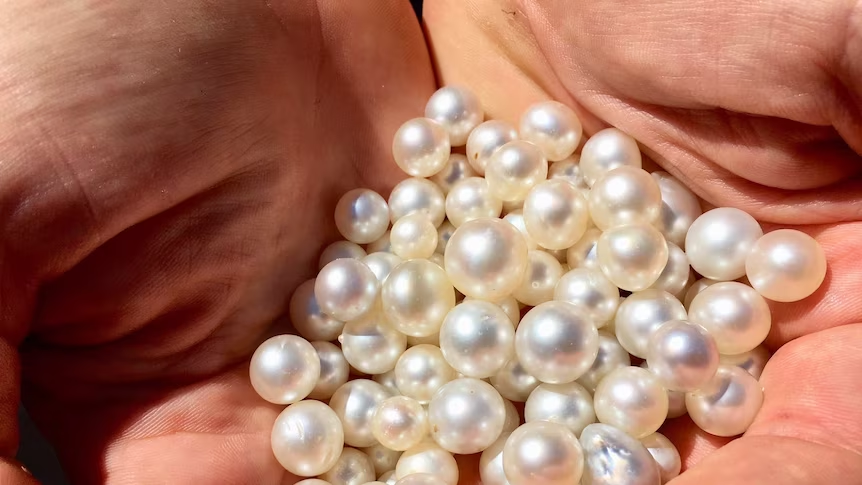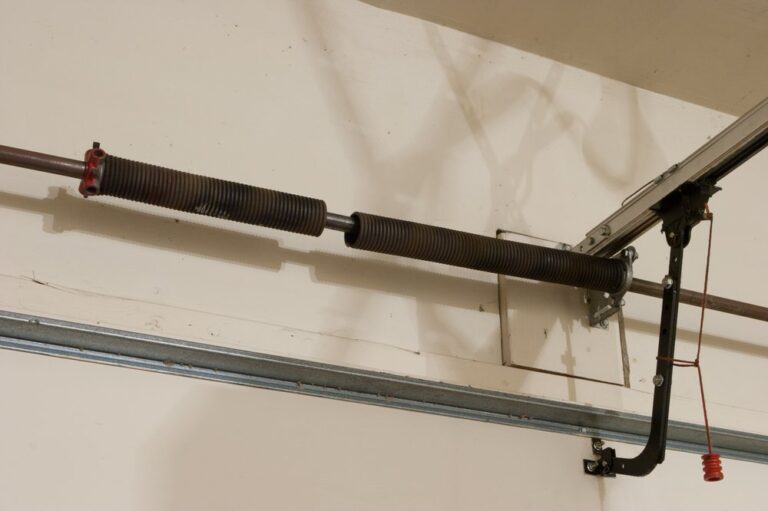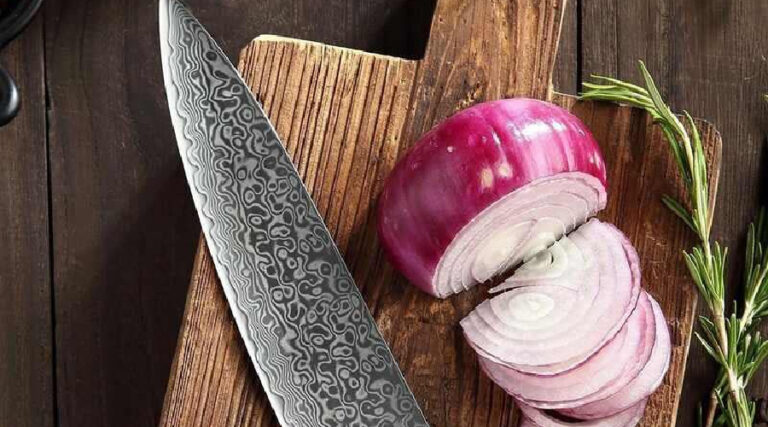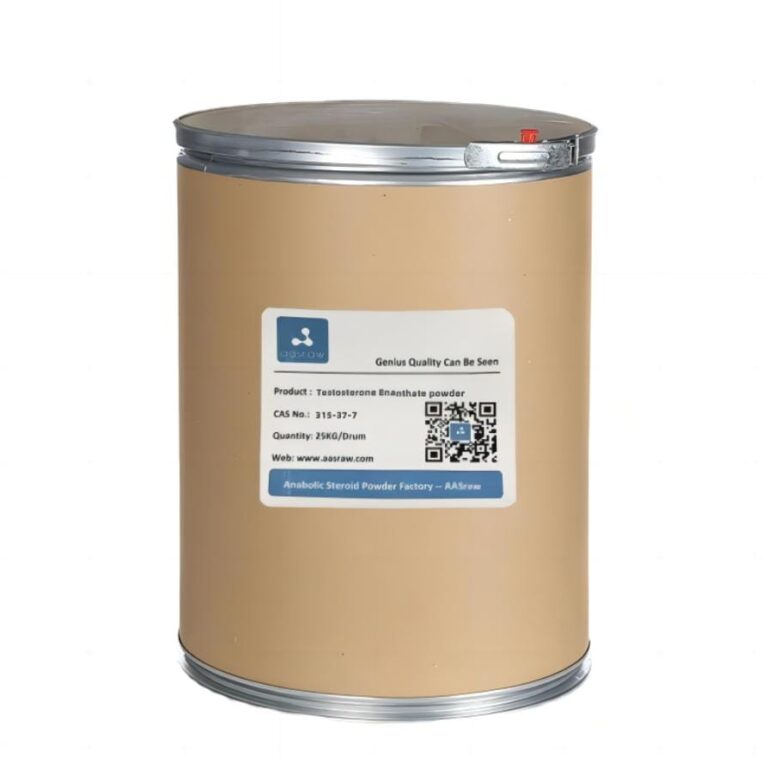How to Identify Authentic Australian Pearls
Australian pearls, renowned for their exceptional quality and beauty, are highly sought after in the jewellery market. Identifying authentic Australian pearls requires a keen eye and an understanding of various characteristics and certification standards. In this comprehensive guide, we will explore the key aspects of authentic pearl jewellery Australia, distinguishing them from imitations, and tips for making a confident purchase.
Understanding Australian Pearls
Types of Australian Pearls
- South Sea Pearls: Cultivated primarily in the pristine waters off the coast of Western Australia, South Sea pearls are renowned for their large size, brilliant lustre, and natural colours ranging from white to golden hues.
- Akoya Pearls: While not as commonly associated with Australia, some Akoya pearls are cultured in Australian waters. They are smaller than South Sea pearls but are prized for their high lustre and round shape.
Characteristics of Australian Pearls
- Size: South Sea pearls are among the largest cultured pearls, typically ranging from 9mm to 20mm in diameter.
- Luster: The luster of a pearl refers to its shine and reflection of light. Authentic Australian pearls exhibit a deep, mirror-like lustre.
- Colour: Australian pearls come in a variety of natural colours, including white, silver, and gold. The colour should be even and consistent throughout the pearl.
- Shape: While perfectly round pearls are the most valuable, Australian pearls also come in baroque, oval, and drop shapes. The shape should be symmetrical and smooth.
- Surface Quality: Genuine pearls will have some surface imperfections, known as blemishes, but they should not be excessive. The fewer the blemishes, the higher the quality and value of the pearl.
How to Identify Authentic Australian Pearls
Examine the Surface
The surface of an authentic Australian pearl will have minor imperfections or natural blemishes. These are indications of the pearl’s organic origins. Pearls that appear too perfect and flawless may be imitation or artificially enhanced.
Assess the Lustre
The lustre is one of the most defining characteristics of a high-quality pearl. An authentic Australian pearl will have a sharp, mirror-like lustre. When you look at the pearl, you should be able to see your reflection clearly.
Check the Colour
Australian pearls are valued for their natural and diverse colours. Ensure that the color of the pearl is even and consistent. Pearls with natural colours often have subtle overtones that enhance their beauty.
Consider the Shape
While round pearls are the most prized, Australian pearls can also be found in oval, baroque, and teardrop shapes. The key is to look for symmetry and smoothness in the shape.
Evaluate the Size
South Sea pearls from Australia are known for their large size. Pearls measuring 9mm or more are typically from the South Sea. Be cautious of smaller pearls being sold as South Sea pearls unless they are Akoya pearls, which are naturally smaller.
Certification and Documentation
Importance of Certification
When purchasing Australian pearls, especially high-value pieces, always ask for certification from a reputable gemological laboratory. Certificates provide essential information about the pearl’s origin, type, size, colour, and other quality factors.
Trusted Certification Authorities
- Gemological Institute of America (GIA): The GIA is a globally recognised authority in gemology and offers certification for pearls, ensuring their authenticity and quality.
- Australian South Sea Pearl Producers Association (ASSOPA): ASSOPA sets high standards for South Sea pearl production in Australia and provides certification for pearls that meet their stringent criteria.
Verifying Documentation
Always verify the authenticity of the certification by checking the details provided. Cross-reference the information with the seller and the certifying authority. Genuine certificates will include the certifying authority’s seal, signature, and a detailed description of the pearl.
Avoiding Imitations and Counterfeits
Common Pearl Imitations
- Glass Beads: These imitations are made from glass and coated to mimic the appearance of pearls. They often have a uniform surface and lack the natural imperfections of real pearls.
- Shell Pearls: Made from crushed shell and resin, shell pearls can look convincing but lack the lustre and depth of real pearls.
- Plastic Pearls: These are the cheapest imitations, made from plastic and painted to resemble pearls. They are lightweight and lack the weight and feel of authentic pearls.
Tips to Avoid Imitations
- Reputable Sellers: Purchase pearls from reputable jewellers and sellers who specialise in pearls. Look for sellers with positive reviews and verifiable credentials.
- Price Point: If the price seems too good to be true, it probably is. Authentic Australian pearls are valuable and command a premium price.
- Weight and Temperature: Real pearls feel cool to the touch and warm up gradually. They also have a noticeable weight compared to imitations.
Tips for Caring for Australian Pearls
Proper Storage
To keep your Australian pearls in pristine condition, it is essential to store them correctly. Pearls are delicate and can be easily scratched by other jewellery items. Therefore, store them separately in a soft pouch or a lined jewellery box. This protective storage method will shield them from scratches and potential damage from harder gemstones or metals.
Regular Cleaning
Maintaining the lustre of your pearls requires regular cleaning. After each wear, gently wipe your pearls with a soft, damp cloth to remove any body oils, sweat, or dirt. This routine prevents buildup that can dull their shine. Avoid using harsh chemicals, abrasive materials, or ultrasonic cleaners, as these can damage the pearls’ surface and the nacre layers that give them their unique iridescence.
Wearing Pearls
Pearls are organic gemstones and can be adversely affected by chemicals commonly found in cosmetics, perfumes, and hair sprays. To protect your pearls, apply these products before putting on your pearl jewellery. This minimises the exposure of your pearls to potentially harmful substances. Additionally, make it a habit to remove your pearls first when undressing. This practice reduces the risk of accidentally tugging or pulling on the strand, which can weaken the string over time.
Additional Tips for Longevity
Avoid Exposure to Water
While pearls come from the ocean, excessive exposure to water, especially chlorinated or soapy water, can damage them. Remove your pearl jewelry before swimming or bathing to prevent any potential harm.
Re-stringing
If you wear your pearl necklace or bracelet frequently, consider having it re-strung every year or two. Over time, the silk thread holding the pearls together can stretch or weaken. Regular re-stringing ensures that your pearls are secure and reduces the risk of breakage.
Handle with Care
Always handle your pearls gently. Avoid dropping them or exposing them to rough handling, which can crack or chip the surface. When putting on or taking off your pearls, do so over a soft surface, like a bed or a carpeted floor, to cushion any accidental drops.
Periodic Professional Care
Occasionally, take your pearls to a professional jeweller for a thorough cleaning and inspection. A jeweller can polish the pearls and check the integrity of the string or clasps, ensuring that your pearls remain beautiful and secure for years to come.
Conclusion
Identifying authentic Australian pearls involves a combination of examining their physical characteristics, verifying certifications, and being cautious of imitations. By understanding the key attributes of genuine Australian pearls and following the tips outlined in this guide, you can confidently purchase and enjoy these exquisite gems. Whether you are a seasoned collector or a first-time buyer, the allure of Australian pearls is undeniable, and their beauty is sure to be a treasured addition to your jewellery collection.
Explore the latest trends and insights at NextWeBlog.com!






